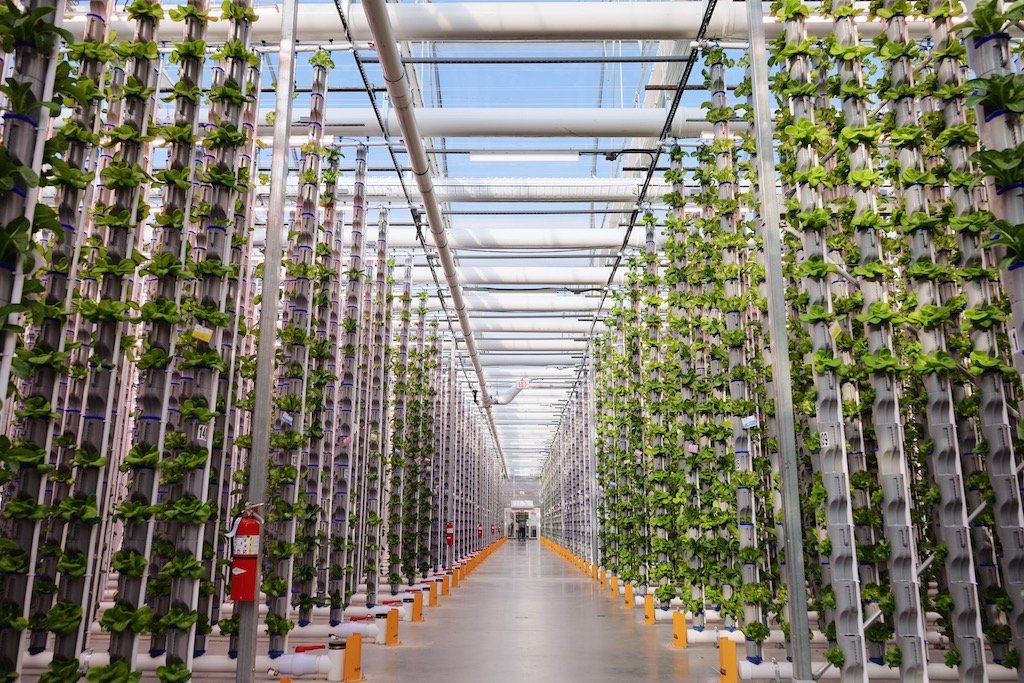
In an era where sustainable agriculture is becoming increasingly important, vertical hydroponic towers offer an innovative and efficient solution for growing fresh produce. These systems use vertical space to cultivate crops without soil, making them ideal for urban environments, small farms, and even home gardening enthusiasts.
What is a Vertical Hydroponic Tower?
A vertical hydroponic tower is a stacked, column-like structure that allows plants to grow in multiple layers. These towers use nutrient-rich water instead of soil, supplying plants with everything they need to grow efficiently. The system typically involves a pump that circulates water from a reservoir to the top of the tower, where it trickles down, reaching plant roots along the way.
Benefits of Vertical Hydroponic Towers
- Maximizing Space Efficiency
Traditional farming requires vast tracts of land, but vertical hydroponic towers make it possible to grow a large number of plants in a small footprint. This is particularly advantageous for urban farmers and individuals with limited outdoor space.
- Water Conservation
Hydroponic systems use significantly less water than traditional soil-based agriculture. The closed-loop system recirculates water, reducing waste and making it an environmentally friendly choice.
- Higher Yields and Faster Growth
With a constant supply of nutrients and optimal growing conditions, plants in hydroponic towers tend to grow faster and produce higher yields compared to traditional farming methods. This efficiency can lead to multiple harvests in a year, increasing overall production.
- Reduced Pesticide Use
Since hydroponic towers are often set up in controlled environments such as greenhouses or indoor spaces, they are less susceptible to pests and diseases. This reduces the need for chemical pesticides, leading to healthier, more sustainable produce.
- Year-Round Cultivation
Unlike traditional farming, which is heavily dependent on seasons and climate, vertical hydroponic towers allow for continuous cultivation. By adjusting light, temperature, and nutrient levels, growers can produce fresh vegetables and herbs all year long.
- Improved Accessibility and Reduced Labor
Vertical systems reduce the need for bending and heavy labor, making them more accessible for individuals with physical limitations. Additionally, automation can further ease maintenance, making hydroponic farming more user-friendly.

Many leafy greens and herbs thrive in vertical hydroponic systems. Some of the best options include:
- Lettuce
- Spinach
- Kale
- Basil
- Cilantro
- Strawberries
- Cherry tomatoes
Conclusion
Vertical hydroponic towers are revolutionizing the way we grow food, making farming more efficient, sustainable, and accessible. Whether you’re an urban gardener, a commercial grower, or someone interested in sustainable agriculture, investing in vertical hydroponic towers can lead to fresh, high-quality produce with minimal environmental impact. As technology continues to evolve, these innovative systems will likely play an even bigger role in the future of agriculture.
Source: https://bit.ly/4jY5IzM
 3
3
![]()
Posted: February 6, 2025
Category: Agriculture
Tags: Hydroponics, Vertical Farming, Vertical Hydroponics
